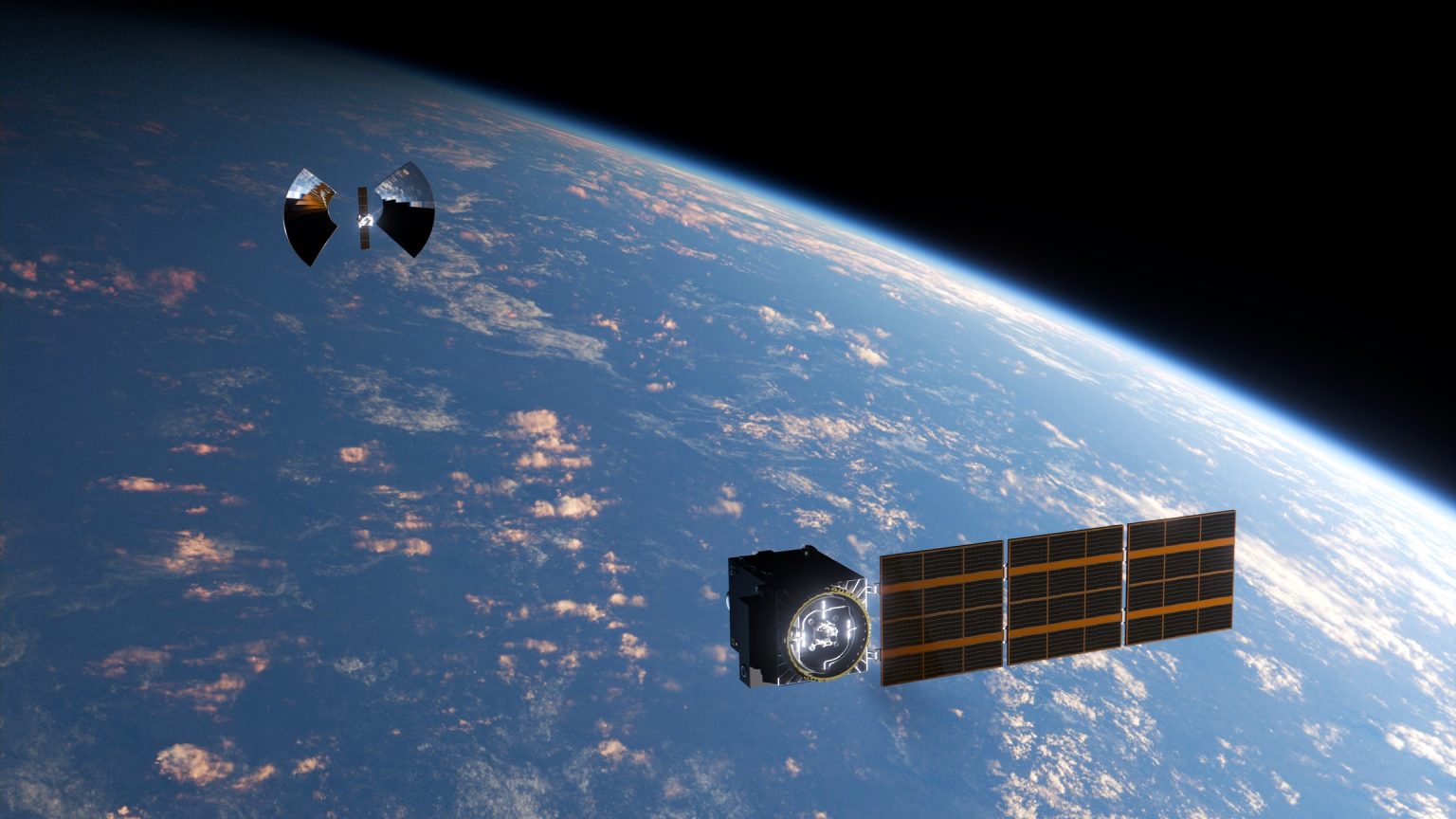Portal Space Systems Introduces Starburst: A New Era in Satellite Maneuverability
Portal Space Systems, based in Bothell, Washington, has unveiled an exciting addition to its spacecraft lineup that promises to transform how we think about satellite mobility. The new Starburst spacecraft represents a significant leap forward in rapid-maneuverability technology, drawing upon innovations being developed for the company’s more powerful Supernova platform. This announcement signals Portal’s growing ambition to become a major player in the increasingly competitive space technology sector, where agility and responsiveness are becoming crucial differentiators for both commercial and defense applications.
The first mission, Starburst-1, is scheduled to launch aboard SpaceX’s Transporter-18 rideshare mission in November 2026, marking Portal’s inaugural free-flying mission with live payloads. This mission won’t just be a standard satellite deployment—it aims to showcase sophisticated capabilities including rendezvous and proximity operations, rapid retasking, and quick orbital changes. These functionalities address growing needs in both the national security sector and commercial space operations, where the ability to adjust a satellite’s position quickly and precisely can provide significant tactical and operational advantages. The timing couldn’t be better, as space-based assets become increasingly central to global communications, observation, and security infrastructure.
Starburst is specifically engineered to enhance maneuverability for small satellite constellations—a concept known as proliferated space architecture that has gained tremendous traction in recent years. This approach, already employed by commercial giants like SpaceX with Starlink and Amazon with Project Kuiper, involves deploying numerous smaller satellites rather than fewer large ones, creating more resilient and adaptable networks. The defense sector has also begun embracing this strategy, recognizing its potential to reduce vulnerabilities and enhance mission flexibility. Portal’s entry into this field with Starburst represents a significant vote of confidence in the proliferated architecture approach and offers new capabilities to constellation operators seeking greater maneuverability.
The technological synergy between Portal’s spacecraft platforms is particularly noteworthy. According to the company, Starburst and the larger Supernova will share many manufacturing processes and core systems, including innovative thrusters being developed for Supernova’s reaction control system. Both craft will utilize heated ammonia as propellant, representing a strategic choice that balances performance, safety, and sustainability considerations. This commonality in design not only streamlines development but creates a product ecosystem where advances in one platform can rapidly benefit the other. CEO Jeff Thornburg emphasized this point, noting that the company’s strategy is “to deliver what customers need now and accelerate what they’ll need next,” with Starburst supporting proliferated architectures while Supernova brings trans-orbital capabilities to the table.
The technical specifications for Starburst-1 are impressive, with Portal targeting on-orbit maneuverability of 1 kilometer per second of total delta-v—translating to a velocity change capacity exceeding 2,200 mph. This ESPA-class spacecraft will be deployed into a sun-synchronous orbit for a one-year primary mission and carry two hosted payloads: a stereo video monitoring system from California-based TRL11 and a superconducting magnetic actuator from New Zealand’s Zenno Astronautics. The latter will demonstrate advanced magnetic technology developed for satellite positioning and precise inter-satellite interactions, potentially opening new possibilities for coordinated operations between multiple spacecraft. These partnerships highlight Portal’s collaborative approach to technology development and its efforts to incorporate innovative capabilities into its platform.
Looking ahead, Portal appears well-positioned to capitalize on the growing demand for maneuverable satellite platforms. While the Starburst-1 mission is fully funded by Portal itself—a strategic decision to “reduce risk and prove capability” ahead of customer missions—the company plans to offer Starburst for customer missions starting in 2027. This timeline aligns with Supernova’s planned 2027 debut, potentially giving Portal a comprehensive product lineup capable of addressing diverse space mobility needs. In a space industry increasingly defined by agility and responsiveness, Portal’s investments in maneuverability technology could prove prescient. As satellite constellations continue to proliferate and space becomes more congested, the ability to navigate nimbly through this environment may become not just advantageous but essential for operators across the commercial and defense sectors.


